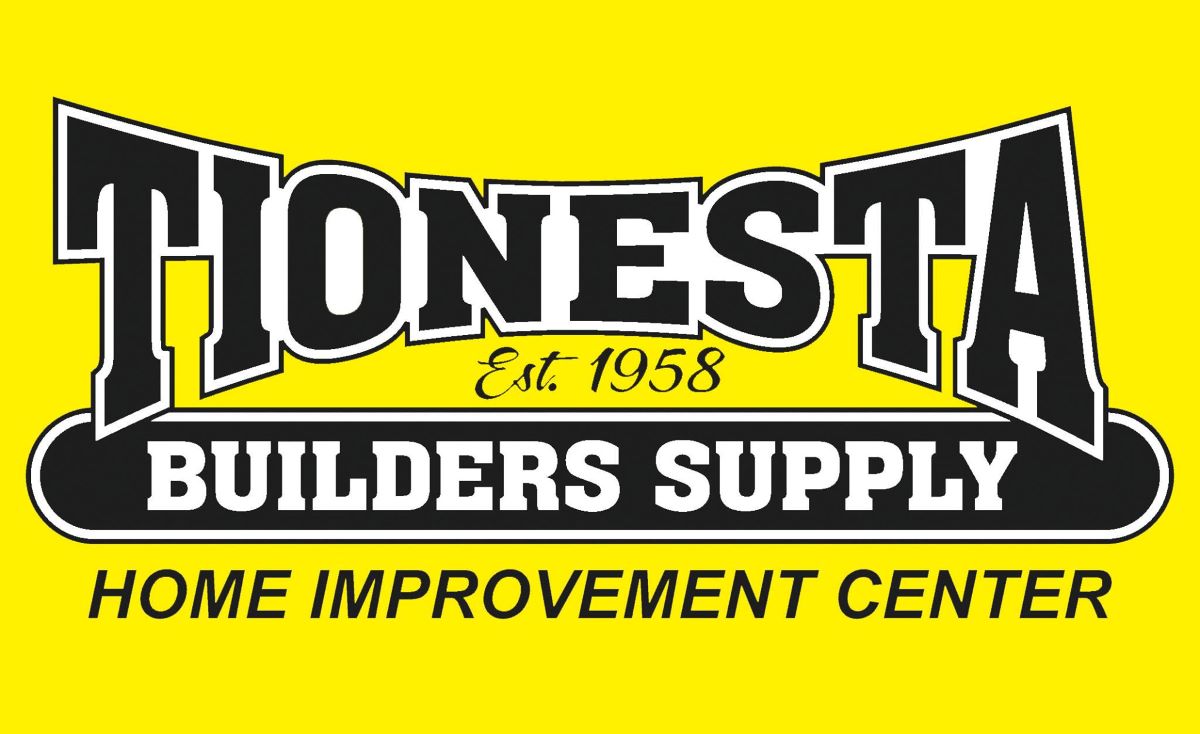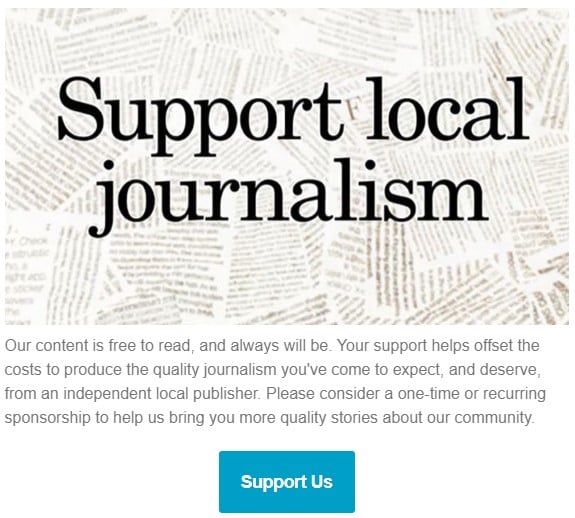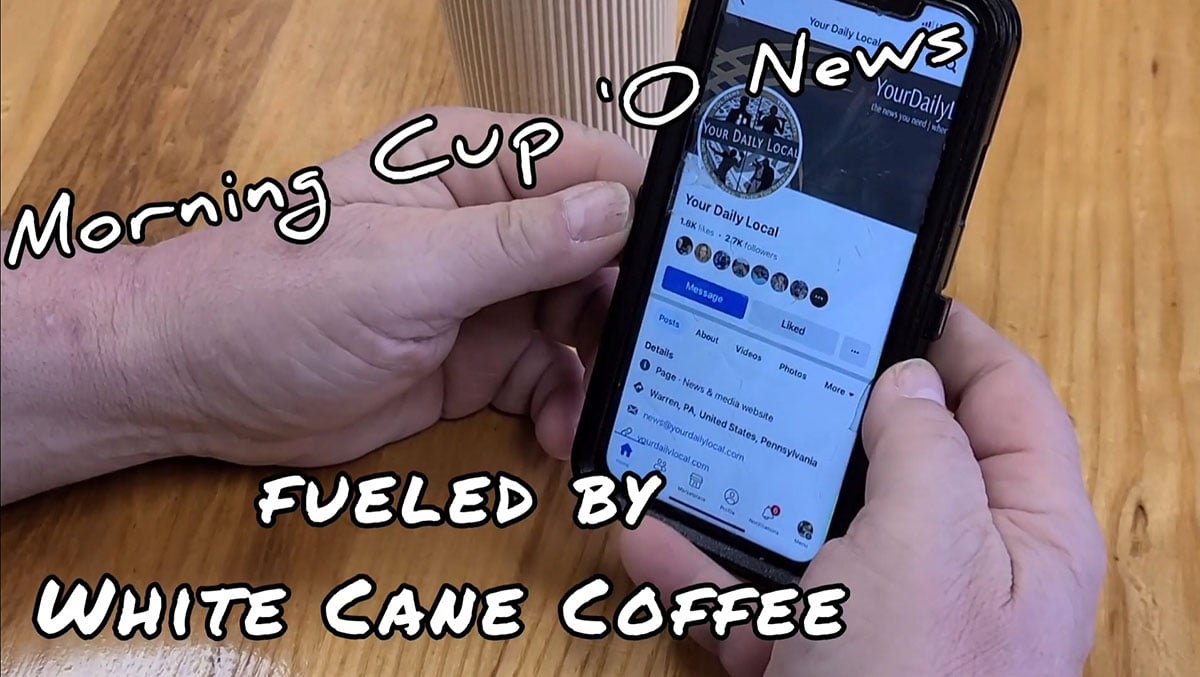Climate problems may seem overwhelming, but people all around this great nation are taking action. This week we’re looking at NEW MEXICO’s built environment rather than the natural environment, and the question is: Where to draw the line between sustainable building and place-based cultural preservation?
New Mexico. Land of enchantment. A state that includes 23 sovereign nations comprised of native peoples who either started in the desert Southwest, living in communal pueblos, or were relocated there from more productive and agriculturally fertile lands, as US colonizers spread westward in the early 1800s.
We’ll start with the U.S. Green Building Council rating for the New Mexico state capital of Santa Fe, only the 2nd city in the world to receive LEED Gold certification (Version 4.1). LEED stands for Leadership in Energy and Environmental Design; Santa Fe was deemed to have “exceptional performance in fostering a sustainable, resilient city” when it was certified in 2020. You can find out more about Santa Fe’s achievement at bdcnetwork.com – search “New Mexico” on the upper left.
LEED rates the sustainability of our built environment. Developed by the USGBC, it quantifies design aspects such as energy efficiency, water use, impact on natural lands and surrounding ecosystems, transportation, accessibility, and “quality of life” impacts. For example, you get points for making parking lot surfaces permeable, so that excess water is captured and allowed to recharge groundwater resources instead of running off hard surfaces and overloading municipal stormwater systems. Further, you get points for putting shady spots in parking lots, making for better “livability.” Who hasn’t circled a parking lot looking for a lonely tree casting welcoming shade over an available parking spot?
Suppose you’d like to learn more about reducing carbon footprints in the built environment. In that case, the following short, concise program covers all the highlights of the decarbonization of buildings – from construction (including material sourcing) to demolition – and how to reduce GHG (greenhouse gases). The content is a little dry but it’s a short listen that might be of interest to anyone concerned with the building or construction trades, or with policy and zoning, or energy efficiency.
Podcast: U.S. Green Building Council (c. 9/2022)
Episode: Building Decarbonization and LEED [~13 mins]
If you haven’t visited Santa Fe or seen pictures, one of the visually obvious characteristics of the historic city is its legacy of earthen architecture – commonly known as adobe construction. The style was borrowed from the indigenous pueblos of the region, but as this next (more generally) interesting podcast explains, there is a lot of controversy about the adherence to the style while people in the community are feeling the same displacement as many urban dwellers have experienced: rising prices and gentrification make for non-affordable housing.
Podcast: 99% Invisible (Feb. 2, 2021)
Episode 429: Stuccoed in Time [~49 mins]
Let me know if you have a podcast to recommend, have a comment about my column, or have trouble finding a particular podcast I’ve mentioned. Happy listening!
[email protected]
Note: This column, part of a series looking at examples of positive climate action, state-by-state, first appeared in the Forest County News Journal 01-11-2023. If you are interested in this state’s topic, check online for updated news, as a lot may have changed in a year and a quarter.





























